
You Thought This Flower Was Just Decorative – Think Again…


When you spot the vibrant orange, golden yellow, or fiery red blooms of the daylily (Hemerocallis) fluttering in the breeze, you might simply admire them as cheerful garden highlights. But behind their fleeting beauty lies an incredible secret—one that traditional cultures have known for centuries. The daylily isn’t just a decorative plant; it’s edible, medicinal, and surprisingly versatile.
Whether it’s a casual stroll through a garden or a quiet moment on your porch, chances are you’ve passed by this humble flower without realizing the hidden treasure it offers. Let’s uncover the nutritional, medicinal, and culinary wonders of the daylily—from flower to root.
🌼 What Exactly Are Daylilies?
Daylilies belong to the genus Hemerocallis, which translates from Greek as "beauty for a day"—a nod to the fact that each individual bloom lasts only 24 hours. Despite their short-lived flowers, these perennials are anything but fleeting in value.
It’s important not to confuse daylilies with true lilies (genus Lilium), which can be toxic. Native to Asia but now common in gardens across Europe and North America, daylilies thrive in a variety of climates. Their blooms span a rainbow of colors, bringing visual delight—and a whole lot more—to your home or garden.
🌿 10+ Incredible Benefits of Daylilies
You might be surprised to learn how beneficial this everyday flower can be. Here’s what traditional herbalists, home gardeners, and culinary enthusiasts have discovered:
1. Natural Diuretic
Daylilies help eliminate excess fluids, supporting healthy kidney and bladder function.
2. Mild Laxative Effects
Both shoots and tubers can gently stimulate digestion and relieve occasional constipation.
3. Rich in Antioxidants
The brightly colored petals contain natural compounds that help combat oxidative stress and support cellular repair.
4. Anti-Inflammatory Properties
Used in traditional remedies to reduce inflammation, especially in the digestive system.
5. Supports Liver Detoxification
Daylily roots have been included in herbal decoctions aimed at gently cleansing the liver.
6. Promotes Skin Healing
Poultices made from leaves or petals are used topically to treat minor burns, cuts, and irritations.
7. Nutrient-Dense Tubers
The roots are a surprising source of fiber, vitamin C, and essential trace minerals.
8. Emotional and Mental Soothing
Traditional Chinese medicine associates daylilies with emotional balance, often used to relieve sadness, anxiety, or tension.
9. Natural Sleep Aid
Teas brewed from dried petals are believed to promote restful sleep and relaxation.
10. Gourmet Ingredient
Beyond health, daylilies are simply delicious—with a slightly peppery, sweet flavor that elevates both savory and sweet dishes.
➕ Bonus Benefit: Sustainable & Abundant
Daylilies are incredibly hardy and multiply quickly, making them a sustainable food and medicine source for those who cultivate them.
🍽️ How to Use Daylilies at Home
Whether you’re curious to experiment in the kitchen or looking to enhance your natural wellness routine, here are several ways to bring daylilies into daily life:
🌸 1. Enjoy the Fresh Flowers
Add fully opened blooms to salads for a pop of color and a subtle crunch. They also make beautiful edible garnishes or can be stuffed with cheese, grains, or herbs and baked like floral hors d’oeuvres.
🥢 2. Sauté the Buds
Unopened flower buds are popular in Chinese cuisine. Stir-fry them with garlic, ginger, and soy sauce for a quick, nutritious side dish that tastes like green beans with a twist.
🍲 3. Make Daylily Soup
Known in Chinese cooking as "golden needle soup," dried daylily petals are simmered with mushrooms, tofu, and vegetables in a flavorful broth. It’s earthy, comforting, and healing.
🍠 4. Roast the Tubers
Small tuberous roots can be peeled, boiled, or roasted like baby potatoes. They offer a mildly sweet, nutty flavor and are rich in fiber.
🍵 5. Brew a Soothing Tea
Steep fresh or dried petals in hot water for 5–10 minutes. Add a bit of honey and sip it before bedtime to help calm your nerves and promote sleep.
🌿 6. Make a Healing Poultice
Crush fresh leaves or petals and apply them to insect bites, sunburns, or small wounds. Their natural cooling and anti-inflammatory properties may help speed up healing.
⚠️ Important Tips Before You Try
-
✅ Only use true daylilies (Hemerocallis)—not Lilium species, which are toxic.
-
✅ Start with small amounts, especially if it’s your first time. While daylilies are generally safe, a few people may be sensitive.
-
✅ Avoid treated plants. Do not eat flowers that may have been sprayed with pesticides or chemicals.
-
✅ Harvest early in the day, when blooms and parts are freshest and most potent.
🌺 Why You Shouldn’t Overlook Daylilies Any Longer
The daylily has spent far too long being admired only for its beauty. Now, gardeners, herbalists, chefs, and foragers alike are beginning to rediscover its deep nutritional value, gentle medicinal properties, and culinary charm.
So the next time you spot a daylily swaying in the wind, don’t just admire it—consider harvesting it. With a little knowledge and care, this once-ignored flower could become your next favorite ingredient and natural remedy.
✨ Final Thought
In a world where we often look far and wide for superfoods and healing herbs, it's refreshing to realize that something as common as a garden flower might be just as powerful. The daylily reminds us that nature hides its gifts in plain sight—and those who pay attention are richly rewarded.
🌼 Inspired by this? Share it with your garden-loving friends and bring daylilies into the spotlight where they belong.
⚠️ Disclaimer:
Always be sure to positively identify Hemerocallis before consumption. If you're pregnant, nursing, have health conditions, or are taking medication, consult your healthcare provider before introducing any new plant into your diet or wellness routine.
News in the same category


Ginkgo Biloba: Ancient Leaf, Modern Power — Health, Medical & Homemade Benefits

Mullein: Exploring the Benefits of Leaves, Flowers, and Roots

The Versatility and Benefits of Orange Peel Powder

The Hidden Power of the Honey Locust Tree (Gleditsia triacanthos): Health, Healing, and Everyday Uses

Leaf of Life – The Healing Plant Growing in Your Backyard (And You Had No Idea!)

🌿 Natural Colon Cleanse: Myths, Facts, and Healthy Ways to Support Digestive Health
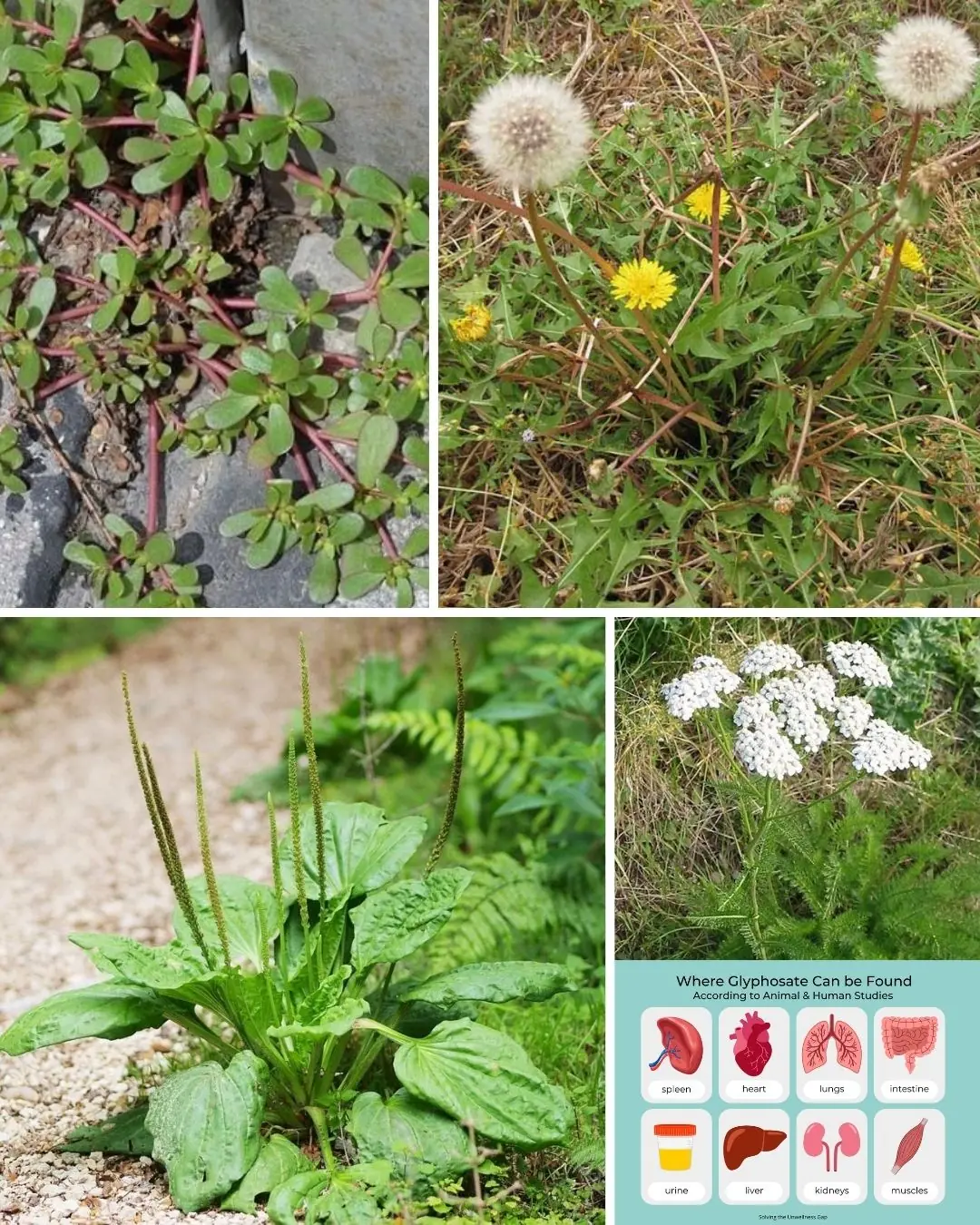
Weeds or Wonders? Discover the Hidden Treasures in These 4 Common Plants

The Hidden Power of Pine Nuts: Benefits, Nutritional Strength, and How to Use Them

10 Secrets You Need to Know Before Eating Okra

The Hidden Healing of Fig Leaves: Natural Support for Diabetes, Digestion, and More
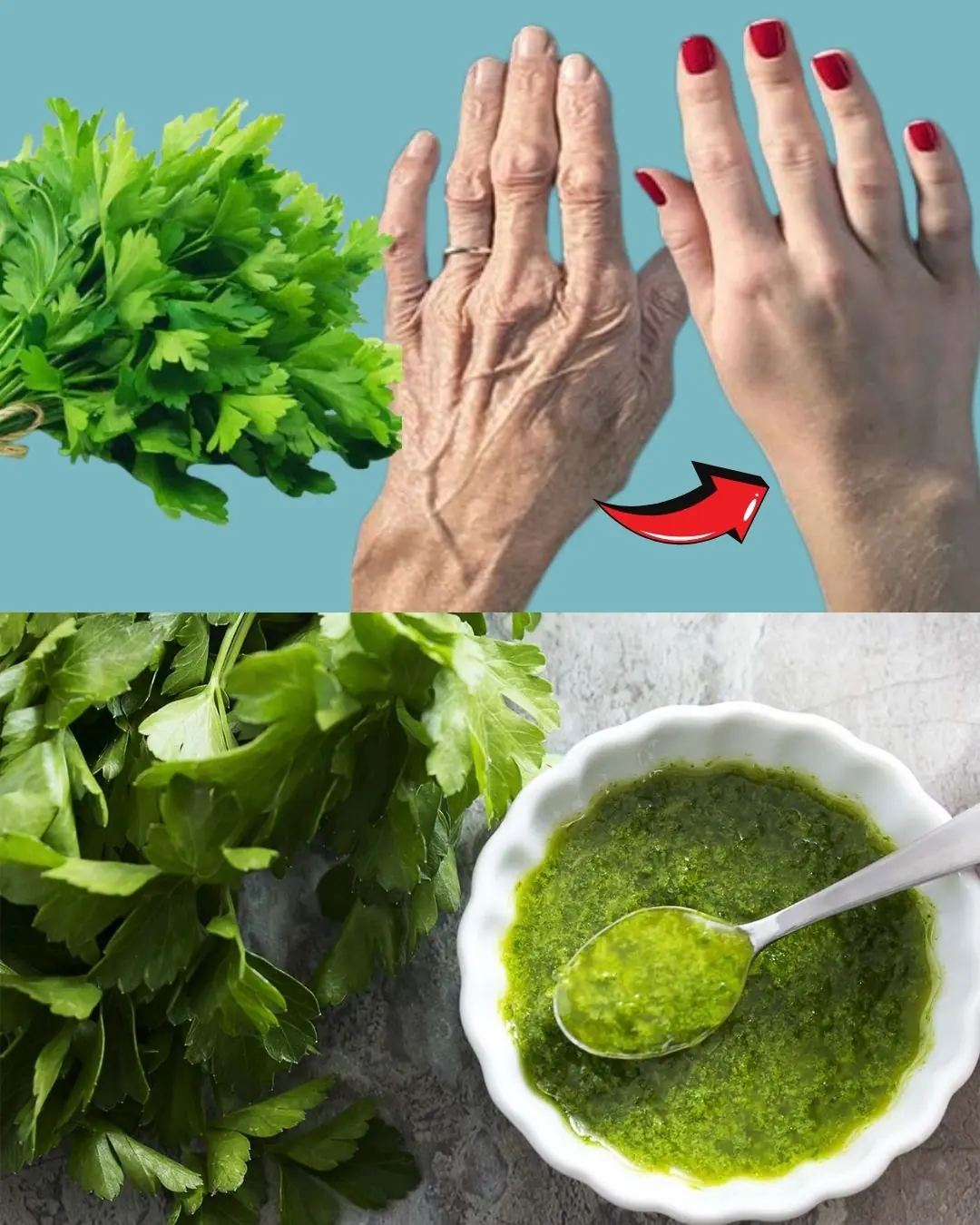
With This Cream, My Grandmother Looked 35 at 65 – The Best Collagen Mask
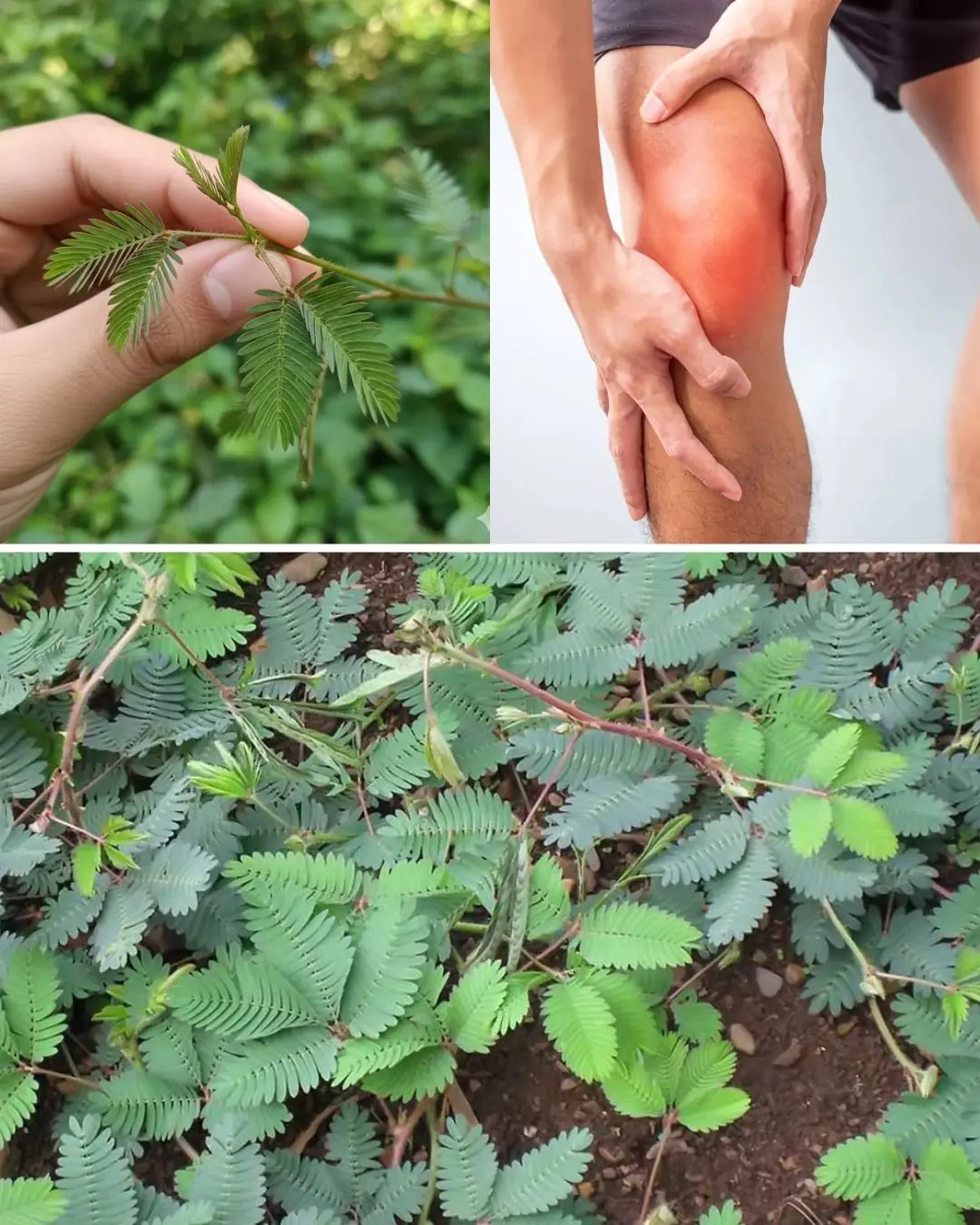
Mimosa Pudica Tea: How to Prepare and Health Benefits

🌿 20 Gentle Benefits of Chewing Clove Daily — The Ancient Spice for Modern Wellness

Put a Bay Leaf in Your Socks: The Surprising Pain-Relief Remedy You Need to Try
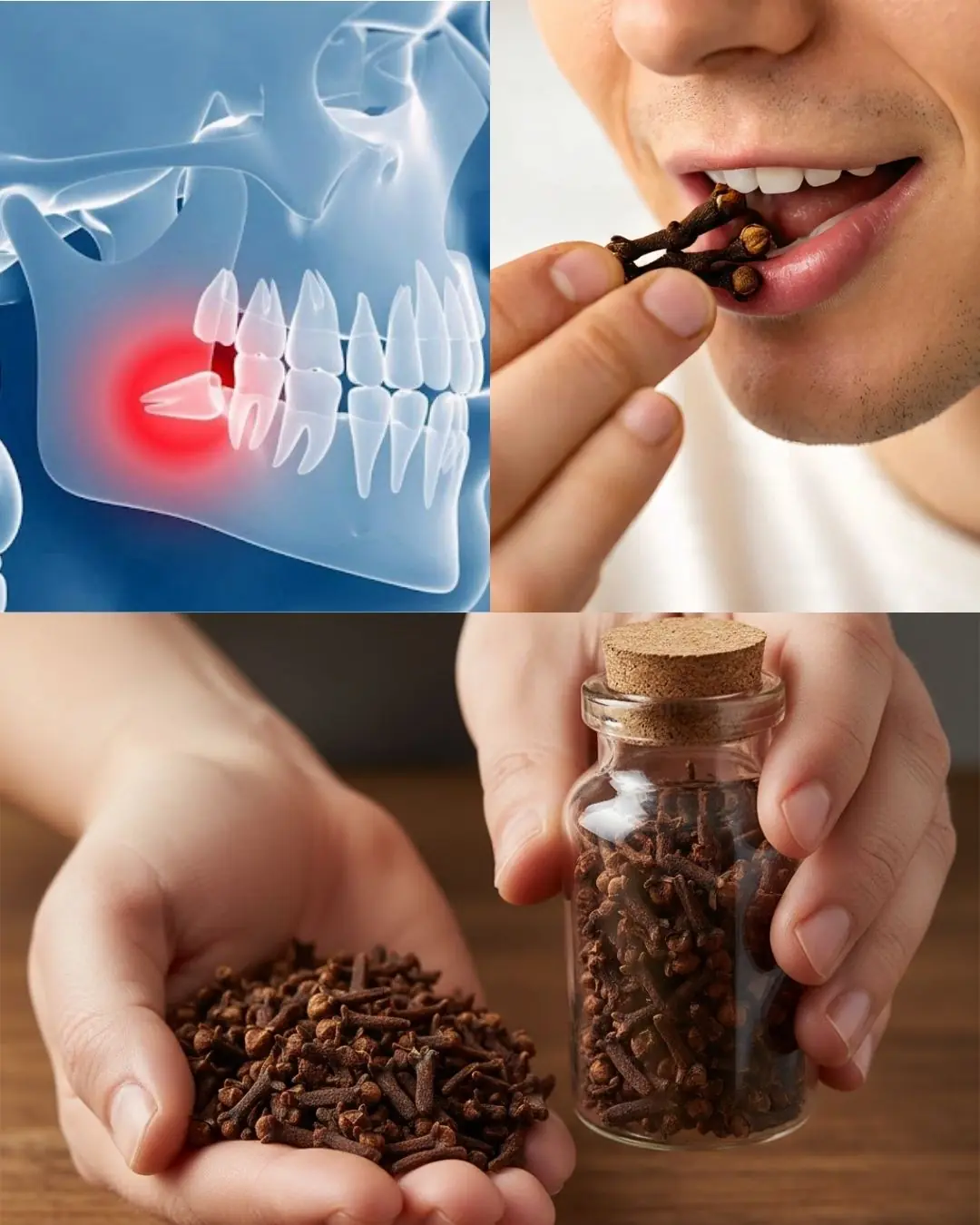
Holding Cloves in Your Mouth: A Natural Way to Relieve Toothache
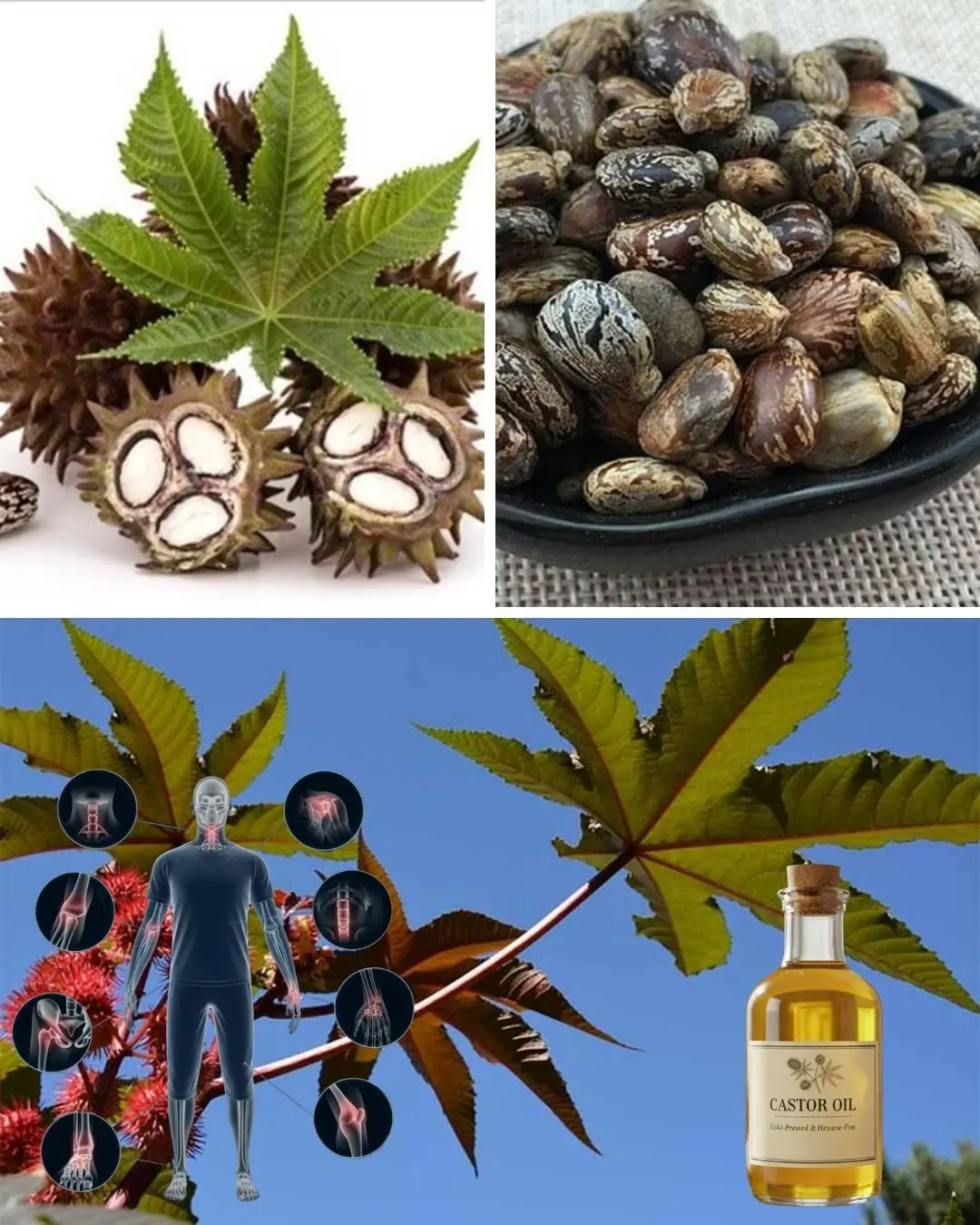
7 Benefits and Uses of Castor Oil
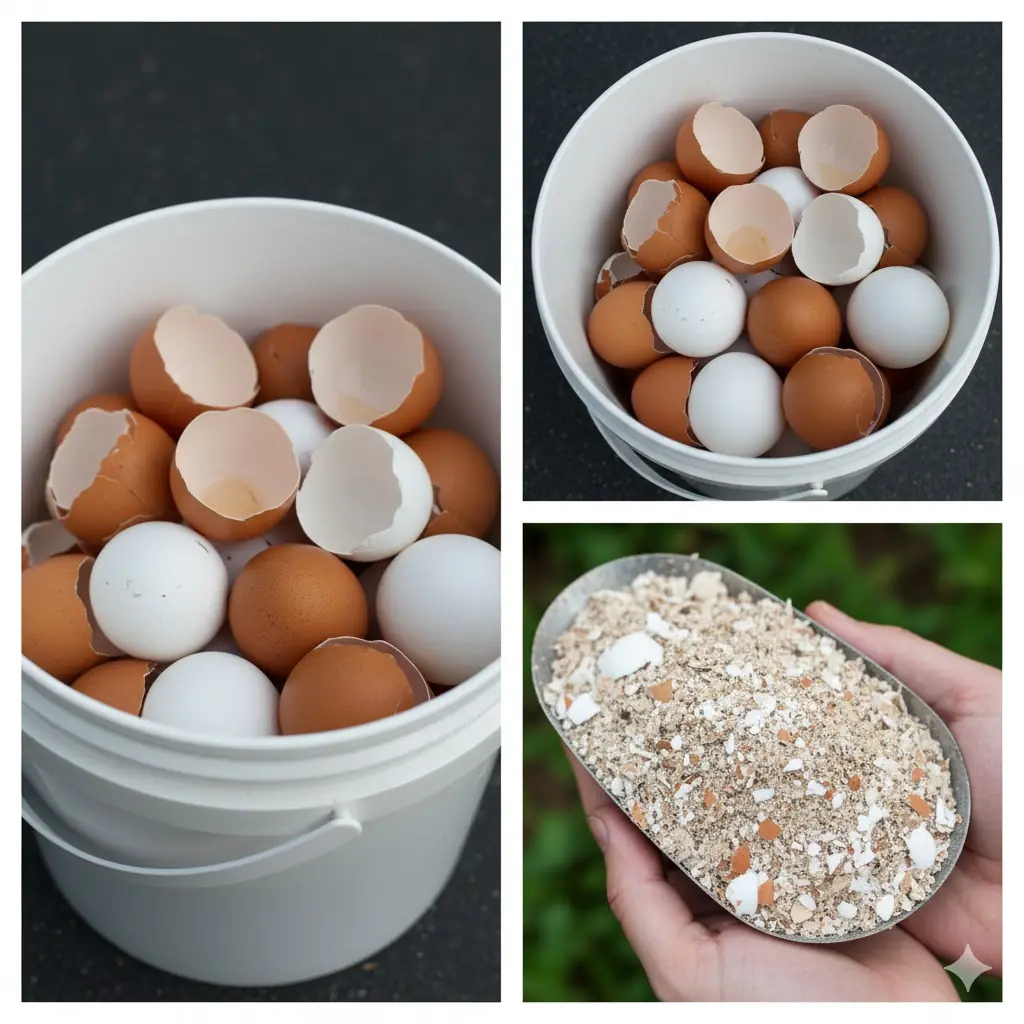
Boil eggshells and say goodbye to the …
News Post

France Reimagines Shelter Boundaries With Community Corn Walls

5 Simple Ways to Remove Rust from Knives – Make Your Dull, Rusty Knife Shiny and Sharp Again
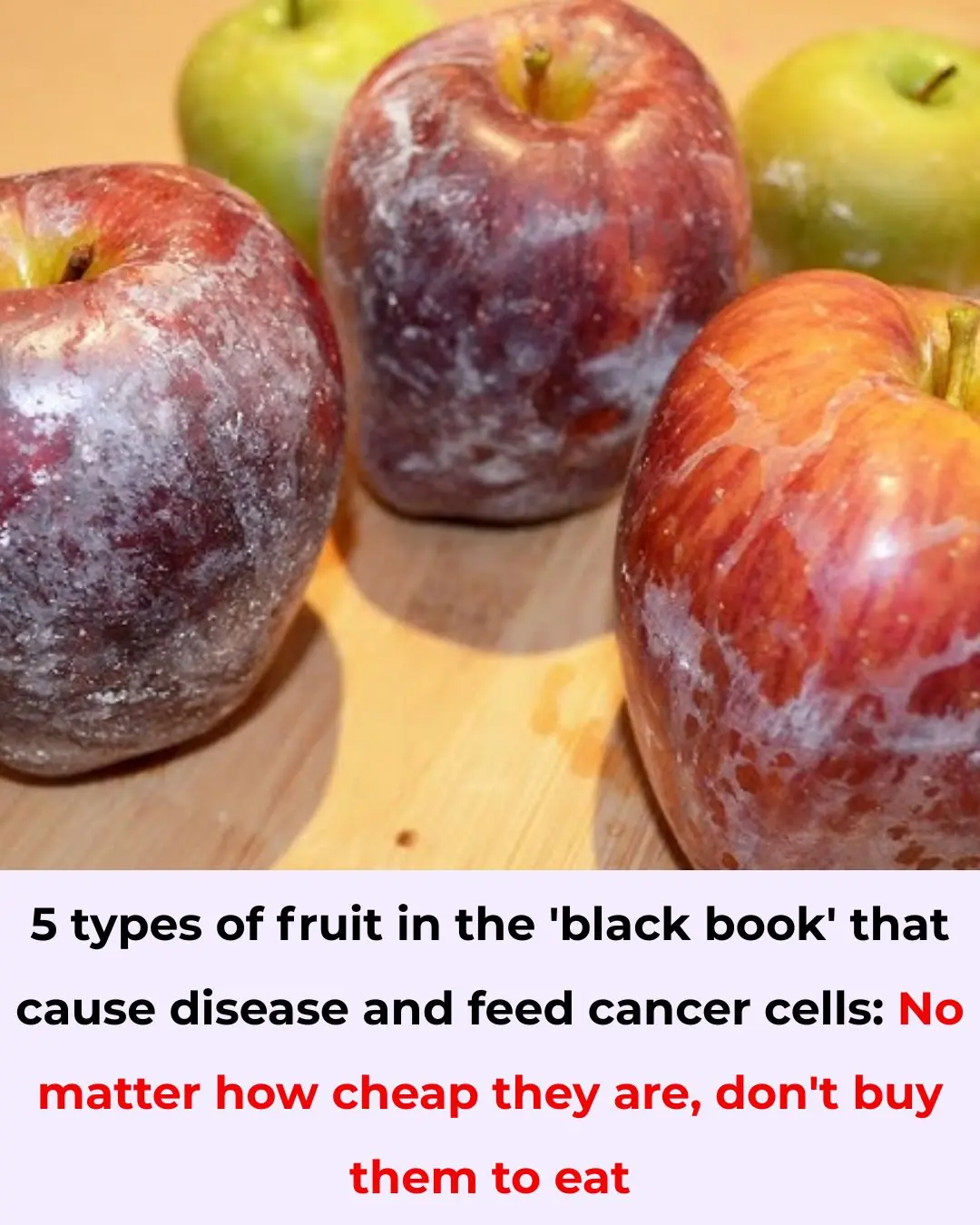
5 Fruits on the ‘Blacklist’ That Can Cause Cancer – Avoid Buying Even If Cheap

“New Research Reveals How Aging Impacts Male Fertility and Sperm Health”

Pork Skin – The Often Overlooked Superfood

Don’t Throw Away Lemon Peels! Use Them for These 8 Household Tasks and Save a Ton of Money

10 surprising ways to use vinegar around the house

Stop eating these 10 things of CRAP

Mix Banana Peels With This and Leave It in a Corner — Roaches Will Disappear Overnight

Discover how eggs support your baby’s brain development — full details in the comments!”

Weak Toilet Flush and No Suction? A Simple Trick From a Professional That Fixes It Instantly

Five “Dirtiest” Parts of the Pig That Butchers Never Take Home for Their Own Families
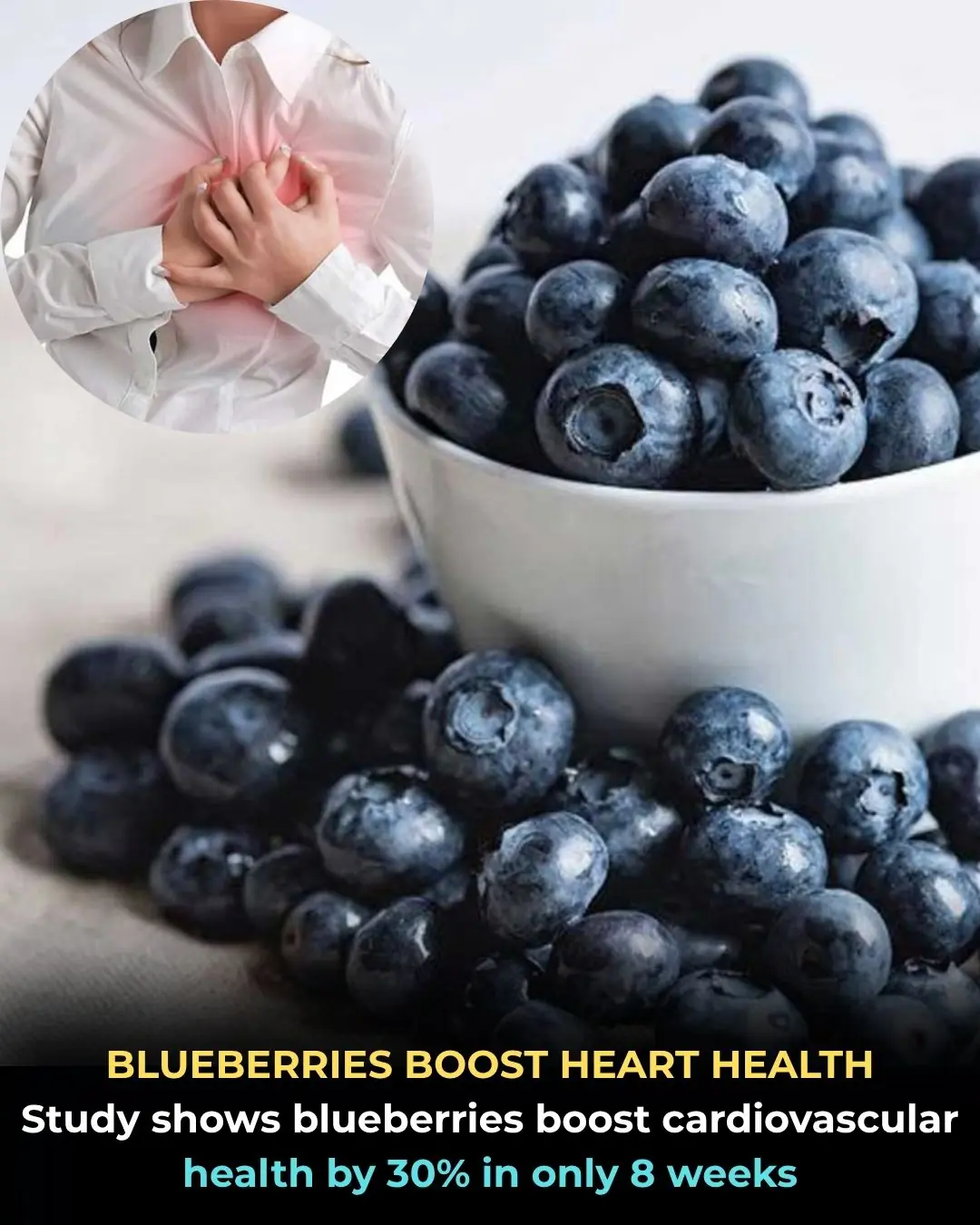
Blueberries: A Powerful Daily Boost for Heart Health
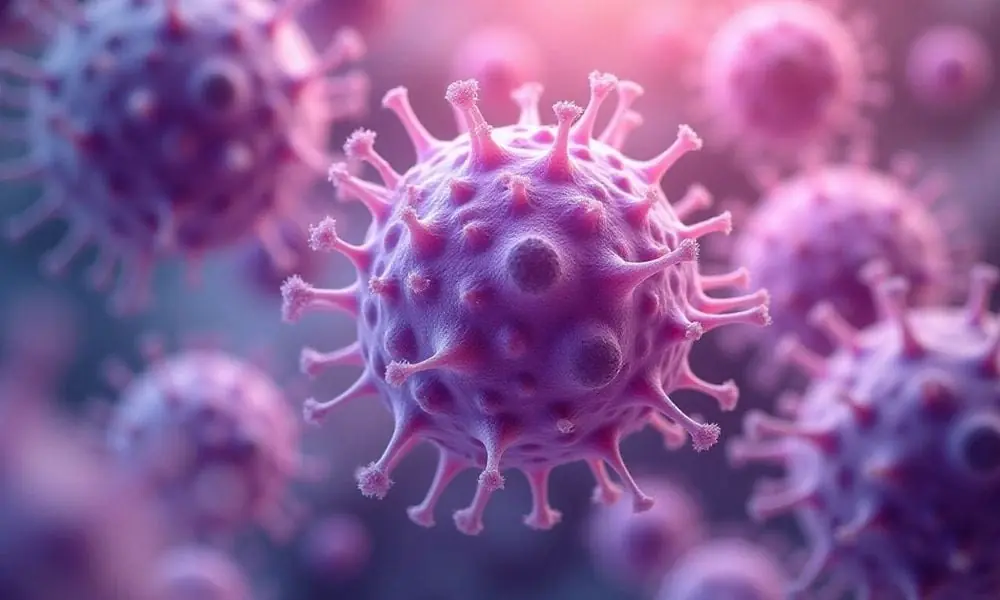
The Whole Family of Three Was Diagnosed With Thyroid Nodules; the Mother Collapsed: “I Thought Those Two Things Were Always Good to Eat and Could Prevent Cancer”

Motherhood Rewires the Brain: Why Postpartum Recovery Takes Years, Not Weeks

Eating More Than One Egg a Week May Slash Alzheimer’s Risk by 47%

CRISPR Breakthrough Offers Hope for a Potential HIV Cure

Breakthrough Cancer Treatment Offers Unprecedented Hope for Patients

Four Teens Risk Their Lives to Rescue Elderly Neighbor from Burning Home in Sapulpa
